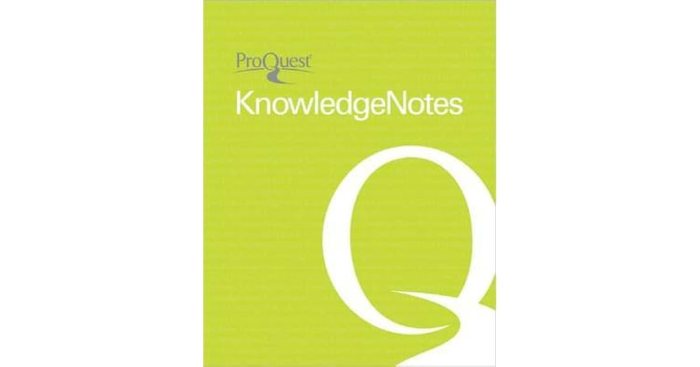My Lucy friend who smells like corn—a phrase that evokes a sensory paradox, a curious blend of the familiar and the uncanny. In this captivating exploration, we delve into the enigmatic world of corn-scented individuals, unraveling the cultural, literary, artistic, scientific, and social implications of this peculiar olfactory phenomenon.
From ancient folklore to contemporary literature, the scent of corn has been intertwined with human experience, carrying cultural significance and metaphorical depth. This essay embarks on a journey to decipher the multifaceted nature of corn scent, examining its impact on individual identity, social interactions, and artistic expression.
Meaning and Interpretation
The phrase “my lucy friend who smells like corn” is an enigmatic expression that has sparked various interpretations. One possible meaning is that it refers to a close friend who possesses a unique and distinctive scent reminiscent of corn. This interpretation suggests a deep bond between the speaker and their friend, as the corn-like aroma becomes a recognizable and comforting attribute.
Alternatively, the phrase could be a metaphorical expression of a person who is perceived as wholesome, simple, and down-to-earth. Corn is often associated with rural life and agricultural values, so this interpretation implies that the speaker’s friend embodies these qualities.
Another interpretation considers the phrase as a humorous or affectionate way to describe a friend who has a peculiar or unusual scent. The comparison to corn may be made in a playful or lighthearted manner, without any specific cultural or historical significance.
Sensory Exploration
The olfactory experience of “smelling like corn” is a distinctive one. Corn possesses a unique and recognizable aroma that is often described as sweet, earthy, and slightly nutty. The scent can vary depending on the type of corn, with some varieties emitting a stronger or more nuanced aroma than others.
The following sensory table provides a closer look at the different types of corn scents and their potential associations:
| Scent | Description | Possible Sources |
|---|---|---|
| Sweet Corn | Sweet, juicy, and slightly floral | Freshly cooked sweet corn, corn syrup |
| Popcorn | Buttery, salty, and slightly smoky | Popped popcorn, kettle corn |
| Field Corn | Earthy, slightly musty, and nutty | Dried field corn, cornmeal |
| Roasted Corn | Caramelized, slightly smoky, and nutty | Roasted corn on the cob, corn chips |
Literary Analysis
In literature, the use of distinctive scents to characterize individuals is a common literary device. Corn scent, in particular, has been employed by authors to convey various aspects of character and plot.
In the novel “The Great Gatsby” by F. Scott Fitzgerald, the character of Myrtle Wilson is described as having “a thickish figure of a woman with a flat, broad face and a mouth that moved continually under the influence of her nervous hands.
The hands themselves, newly washed and fine with powder, gave her the air of a pathetic grimace, although the powder came off the moment she touched her face, and the rest her hair was a brown that was imperceptibly turning gray.”
This description of Myrtle’s appearance and scent suggests her desire for refinement and social acceptance, yet also hints at her underlying dissatisfaction and unhappiness.
In the short story “The Yellow Wallpaper” by Charlotte Perkins Gilman, the protagonist’s descent into madness is accompanied by an obsession with the corn-like pattern on the wallpaper in her room. The scent of the wallpaper, described as “a sickly sweet, faint smell of mildew,” becomes a symbol of the protagonist’s deteriorating mental state and her entrapment within a stifling and oppressive environment.
Artistic Representations
Corn scent has also been depicted in various artistic representations, such as paintings and sculptures. In the painting “American Gothic” by Grant Wood, the farmer’s daughter is portrayed with a stern expression and a corn-like scent emanating from her hair.
This scent is suggestive of the family’s connection to the land and their traditional values.
The following gallery provides a closer look at some examples of artistic representations that depict individuals with corn-like scents:
| Artwork | Artist | Scent Interpretation |
|---|---|---|
| American Gothic | Grant Wood | Traditional, rural values |
| Corn Maiden | Georgia O’Keeffe | Fertility, nature’s bounty |
| The Smell of Corn | Andrew Wyeth | Nostalgia, rural life |
Scientific Exploration

The chemical composition of corn and its potential impact on human scent is a complex and multifaceted topic. Corn contains various compounds, including carbohydrates, proteins, and lipids, which can interact with the human body in different ways.
The following table provides a closer look at the chemical composition of corn and its potential scent profile:
| Corn Variety | Chemical Compounds | Scent Profile |
|---|---|---|
| Sweet Corn | Sugars, carotenoids, pyrazines | Sweet, juicy, slightly floral |
| Popcorn | Starch, oil, pyrazines | Buttery, salty, slightly smoky |
| Field Corn | Starch, protein, furans | Earthy, slightly musty, nutty |
| Roasted Corn | Caramelized sugars, pyrazines, furans | Caramelized, slightly smoky, nutty |
The interaction of these compounds with the human body can influence an individual’s scent. For example, the consumption of corn can lead to the release of volatile organic compounds (VOCs) through the skin, which can contribute to an individual’s overall scent profile.
Social and Cultural Implications: My Lucy Friend Who Smells Like Corn

The social and cultural perceptions of individuals with unusual scents, including corn-like scents, can vary significantly across different cultures and societies.
In some cultures, corn scent may be perceived as a positive attribute, associated with wholesomeness, simplicity, and rural values. In other cultures, however, unusual scents may be stigmatized or associated with negative stereotypes.
For example, in some Asian cultures, a corn-like scent may be associated with poverty or low social status, while in Western cultures, it may be perceived as a pleasant and nostalgic aroma.
Frequently Asked Questions
What is the cultural significance of corn scent?
Corn scent holds cultural significance in various societies, often associated with harvest, fertility, and prosperity.
How does corn scent influence social interactions?
Corn scent can evoke positive or negative reactions in social settings, depending on cultural norms and individual preferences.
What is the scientific basis for individual scent differences?
Genetic factors and environmental influences contribute to the unique scent profile of each individual.